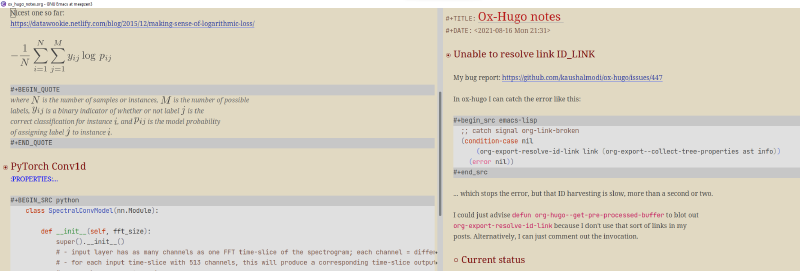
Figure 1: During the West Coast sunset worshipping ritual I turned around and entirely coincidentally saw this picture waiting there for me. (We’re sitting off to the left on the stoep.) I love the photo, but then started to wonder if it had a bit too much of “I just did a photography course and now I have to make photos like this” (I didn’t and I don’t). My friends have assured me that it does not look like that (too much).
This edition of the WHV covers the three weeks from Monday July 26 to Sunday August 15.
Why I don’t like dark mode anymore
As you might know, I spent most of my working (and sometimes hobby, we’ll get back to that further down) hours in front of this screen or some other screen.
Up to now, I was really convinced that I preferred dark mode everywhere, until recently two events transpired:
I started noticing more eye-strain than usual, even on my 27" screen, something which had a perceptible effect on my productivity. This I resignedly ascribed to my advancing age, although I did find the suddenness quite surprising, especially since I recently had my glasses updated.
Then, after years with only the admittedly brilliant zenburn and Leuven (dark) Emacs themes checking all of the boxes for me, I finally ran into a really interesting and usable theme called Poet.
It’s interesting, because it uses variable pitched fonts for everything but code, tables and elements of the fixed width domain, where most Emacs fonts stick to the traditional all-fixed-width approach.
It looks like this:

You can probably understand that for someone who uses Emacs almost primarily for technical notes and other writing, this book-like appearance could work really well.
The theme was even more interesting for me personally, as it suddenly became clear as day that I experienced almost no eye-strain when using Emacs with this lighter theme than when I used any of my other usually dark-themed tools!
It became obvious that poet-theme’s lighter background was much easier on my eyes than dark mode in vscode. (No, this specific advantage can’t be ascribed to Emacs itself I’m afraid.)
Reading pages such as this explains that dark mode leads to pupils having to dilate more to let in more light, which there is less of with dark themes.
This leads to, just like with cameras and any other optics with lenses and apertures, a shortened depth of field, and hence more difficulty focusing on the screen!
This article by the well-known Nielsen Norman Group nicely summarises research on this topic. In short:
In people with normal vision (or corrected-to-normal vision), visual performance tends to be better with light mode, whereas some people with cataract and related disorders may perform better with dark mode.
Up until recently, I did not experience a qualitative difference in vision between dark and light, but I sit here relieved that my eye-strain issue has been resolved by an Emacs theme!
Know how to put down your work
The following take from a recent tweet by mike joubert struck me (tweet-take-strike! words are funny…):
The truly valuable skill isn’t the capacity to push yourself harder, but to stop and recuperate despite the discomfort of knowing that work remains unfinished, emails unanswered, other people’s demands unfulfilled.
The article, titled The three-or-four-hours rule for getting creative work done, is itself a good read about the observation that creative types (amongst which I count engineers) have at their best three to four hours of focus time per day — so it is crucially important that their days are structured such that there is an uninterrupted block of three to four hours inside of which that lovely focus has the possibility of appearing.
The tweet-extract focuses on the similarly important but more subtle art of being able to put one’s work down, completely, when that block of time is over, even when it feels like the work is far from complete.
I especially like that it also explicitly mentions the illusions created by one’s perception of “other people’s demands”, something that ironically becomes even harder to walk away from when one is more tired at the end of the work day.
For me, becoming better at putting work down has pleasant echoes of running slower to run faster, of emptiness in art and more broadly, choosing fewer f*cks to give.
Follow your blisters
On the topic of choosing your ducks…
I initially did not like this HBR post when it first crossed my stream, because it smacks a bit too much of the current social media style of “wisdom”, namely “everything you need to know in 280 characters”, or “this 1 minute tiktok video will change your life”.
As if that was not enough, the title is pretty clickbaity: What You Should Follow Instead of Your Passion.
However, the core message of the post, which I could not help reading, did stick with me, and after a few days I realised that I would have to go find the article again in order to talk about it here.
The core message is to replace find your passion with Find your blisters.
The author’s point is that folks often get the wrong idea with passion as something that is simply always delightful, whilst the thing you should actually be looking for, is that activity that you simply are unable to stop doing, even when you try, and especially even when you don’t directly derive pleasure from it, for example because you feel that you’re not that good at it.
They give the personal example of writing.
Although they’ve been at it for years, it’s still a difficult and laborious process, and they are often not happy with the results.
However, they have been unable to stop from returning to writing projects again and again over the years.
Ironically, even although they find that they are still bad at it, they have in fact become really good, simply because they have been pushing through and practising more than almost anyone else over the years.
I really like this down-to-earth view.
One can indeed source almost unlimited amounts of energy from one’s “blisters”, but true benefits will for a large part be brought about by a lifetime of often challenging practice.

Figure 2: A scene from our incredibly fortunately timed (thanks partner!) “blommetjieskyk” trip to the West Coast national Park. This was taken somewhere between Postberg and Tsaarsbank, GPS coords in photo.